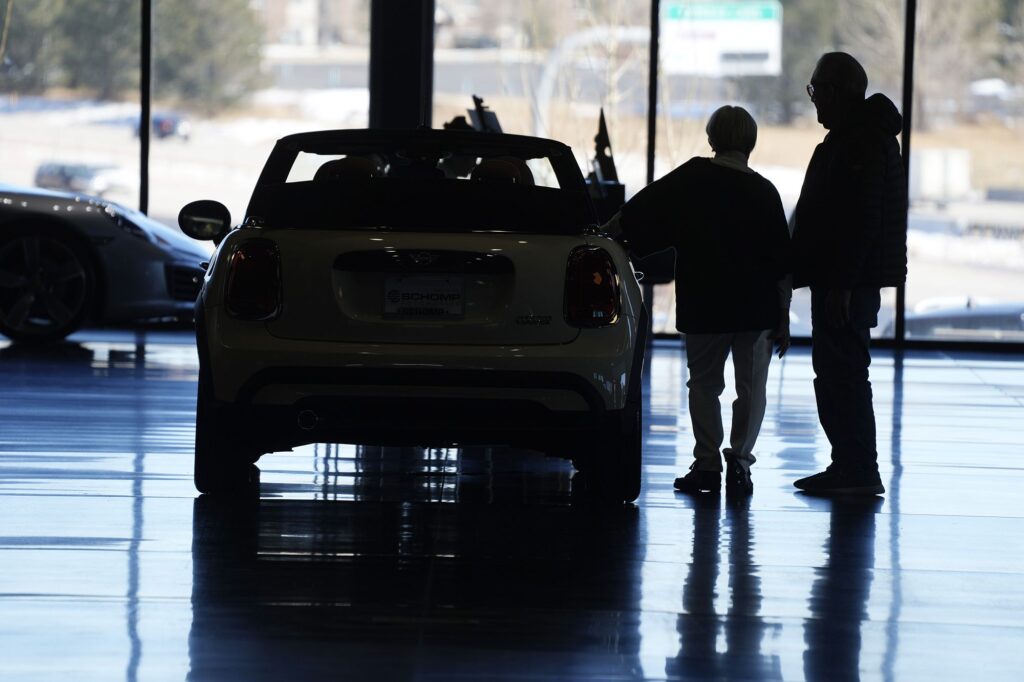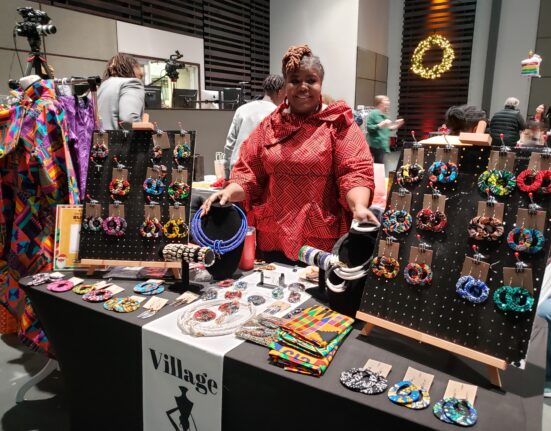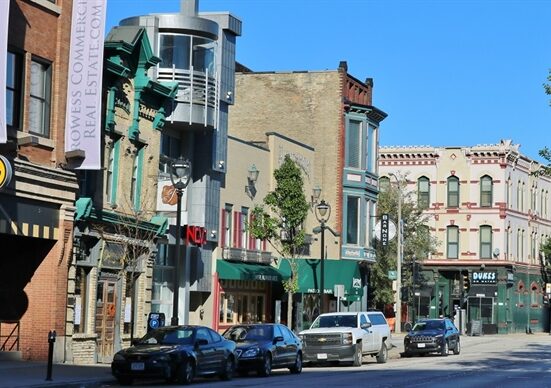
Originally Published: 13 DEC 23 11:56 ET
Updated: 13 DEC 23 17:41 ET
By Elisabeth Buchwald, CNN
New York (CNN) — Inflation slowed down again in November, with prices across all goods and services rising at a weaker pace of 3.1% on an annual basis, according to the latest Consumer Price Index. That’s a big improvement from November 2022 when prices rose at a pace of 7.1% compared to November 2021.
But do the numbers really make any difference if you’re still struggling to afford so many of your needs and wants?
Suppose the temperature at the start of one month was 50 degrees and by the end of the month it reached 90 degrees. The next month is still hotter, but the temperature only went up by five degrees over the course of the month. You’re probably not thinking, “Thank goodness the temperature only rose by five degrees this month and not 40.” Rather, you’re much more likely to take note of how hot it is outside.
The same thing has been happening with inflation. Prices across most goods and services are much higher than two years ago. But the pace of the price increases has slowed.
And that’s just one of the reasons why people are having a harder time getting by even though inflation is cooling.
For instance, the typical American family spent $201 more on their usual purchases last month compared to a year ago and $636 more compared to two years ago, according to Moody’s Analytics. Over that time, incomes increased as well but only recently began to align with the pace of inflation.
If inflation continues to cool further, Treasury Secretary Janet Yellen said in a CNBC interview on Wednesday she believes “people will feel better about the economy.”
The inflation rate is calculated by an index
Do you drive to work every day or commute using mass transit? Do you love watching your favorite sports teams play in person? Your answers to those questions matter because they could cause you to experience more sticker shock.
For example, car insurance costs were up 19.2% in November from a year ago, the biggest increase across 80,000 prices of goods and services tracked each month in the CPI. The second biggest is sports tickets, which are up 18.6% for the year.
Meanwhile, someone who prefers going to movies or concerts instead of sporting events will see their dollars stretching a little further since those tickets are up 4.4% for the year. And those who travel mainly by public transportation are in even more luck with those prices down 8.8% from a year ago.
All this is to say that everyone experiences inflation differently because we all spend differently on goods and services.
But the headline inflation numbers you may come across don’t take your personal spending habits into account. They come from indexes that measure price increases across a very wide range of goods and services to arrive at an estimate of how fast prices are rising in the economy.
Location, location, location
Where you live also plays a big role in how much you pay for things.
Prices are rising much faster in some cities compared to others. In Boston, prices are up 2.4% compared to a year ago, according to November’s CPI. In Dallas, San Diego and Tampa, Florida, however, prices are up 5.2% from a year ago. That exceeds the national annual rate of inflation.
Dallas and Tampa have seen their populations grow at some of the fastest rates across all major cities in the United States. This accelerated because of the pandemic, which allowed people to relocate to areas states like Florida and Texas where there is no income tax. Making such a move became possible since many were able to work remotely.
But the migration to these cities has helped prop up inflation — particularly via housing costs.
The-CNN-Wire
™ & © 2023 Cable News Network, Inc., a Warner Bros. Discovery Company. All rights reserved.






